
The horror film has often been criticized for its over-reliance on violence against women as plot devices. It’s a hard fact to dispute, given that larger numbers of women are killed onscreen and that their death scenes often take up more screen time than their male counterparts.
Feminist film critics who write about the horror genre like Carol Clover (Men, Women, and Chainsaws) and Barbara Creed (The Monstrous Feminine), as well as a number of women writers, producers, and directors have struggled to reconcile horror’s negative onscreen portrayal of women as fodder for the body count with its potential to examine existing cultural fears.
Horror, being the self-aware genre that it is, also contains plenty of examples that play upon existing tropes and expectations and subtly critique the power structures implicit in such narratives. Here are ten examples of such films that attempt to question the notion that horror can’t be feminist:
1. Teeth
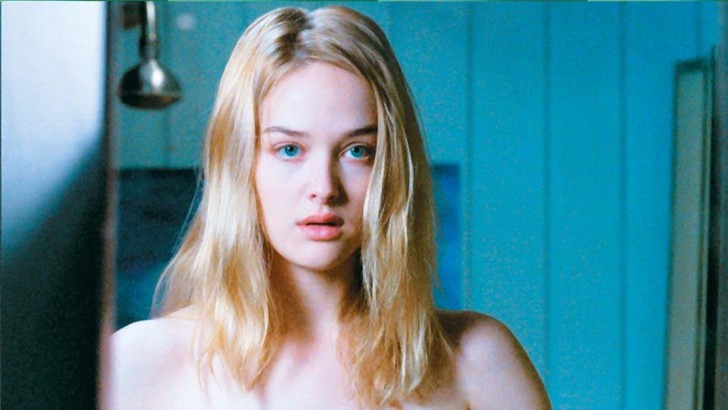
A feminist re-imagining of the “vagina dentata” myth, Teeth is a 2007 horror comedy that was written and directed by Mitchell Lichtenstein. Dawn (Jess Weixler), a teen spokesperson for a Christian abstinence group, goes swimming with a boy she likes named Tobey (Hale Appleman), who attempts to assault her after she repeatedly throws off his advances.
As Dawn fights back, she bites off his penis with the set of teeth inside her vagina and runs away, both horrified and relieved. The story continues as Dawn enacts revenge on the various men in her life that either fail her (as in her stepbrother Brad neglecting their terminally ill mother) or attempt to hurt her (the Gynecologist who performed an unwanted examination). Echoing rape-revenge films such as I Spit on Your Grave, Dawn goes from passive victim to emboldened survivor.
The movie received critical acclaim at Sundance, including for Weixler’s performance as Dawn, and a 79% score at Rotten Tomatoes, despite barely breaking even on its two-million-dollar budget. In a genre full of onscreen examples of violence against women, Teeth is a refreshing change for women audience members that pokes fun at existing tropes.
2. Jennifer’s Body
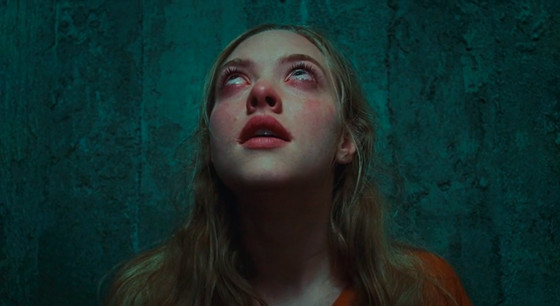
Written by Diablo Cody (Juno) and directed by Karyn Kusama, Jennifer’s Body is the story of Anita “Needy” Lesnicki (Amanda Seyfried) and her relationship with her best friend Jennifer (Megan Fox) which becomes strained after a horrible tragedy in their hometown of Devil’s Kettle, Minnesota. After sneaking out to go see an indie rock band at a dive bar, Jennifer disappears after a suspicious fire erupts, killing several people.
Jennifer shows up at Needy’s house later, covered in blood and vomiting puddles of black spiky goo. She tells Needy that the band, Low Shoulder, sacrificed her to Satan in exchange for fame and fortune, but lied about being a virgin and instead received demonic powers during the ritual. Jennifer, now a succubus, starts killing and eating the local boys in order to maintain her beauty and newfound power while Needy tries to stop her.
Despite the initial critical reception, Jennifer’s Body has become something of a cult phenomena following the #metoo movement due to the themes of sacrificing women for personal gain and the backlash that ensues in the film’s narrative. Both Cody and Kusama wanted to create a film that spoke to relationships between women and the tribulations of puberty but it would take almost a decade before the film was recognized as an iconic example of feminist horror.
3. A Girl Walks Home Alone at Night
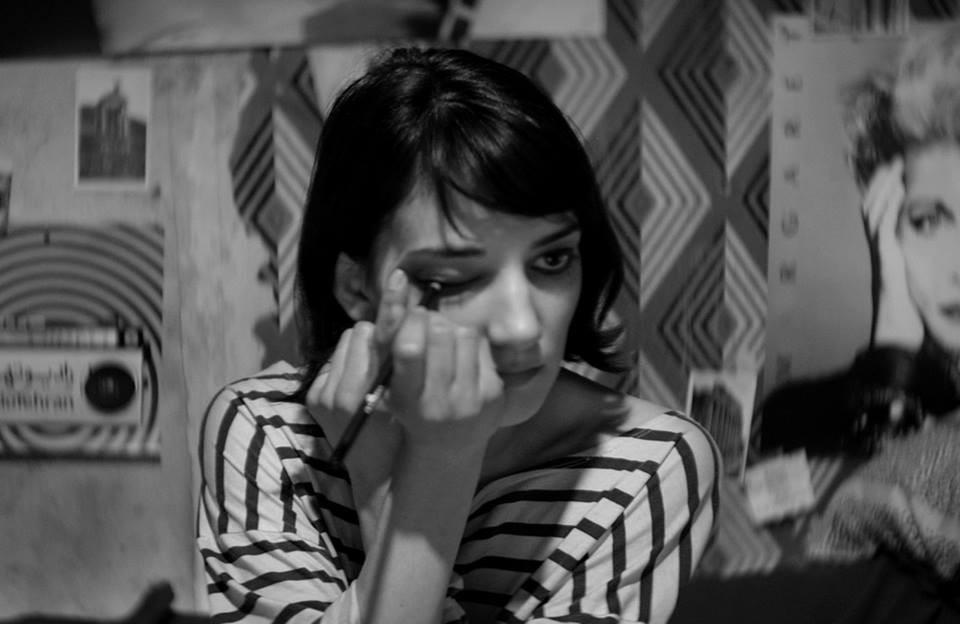
The first “Iranian vampire Western film” directed by Lily Amirpour, A Girl Walks Home Alone at Night follows a skateboarding female vampire in a crime-ridden Iranian city who stalks men who disrespect women.
A young man named Arash (Arash Marandi) who is caring for his drug-addicted father encounters a beautiful young woman as he tries to fix his father’s drug deal gone wrong. After several convenient murders, including the pimp who tries to repossess Arash’s car and his own father after he continues to abuse heroin, Arash starts to suspect that the woman might have something to do with it.
This film was backed by popular crowd-supported site Indiegogo and scored a whopping 97% by Rotten Tomatoes upon its initial release for its understated quality and feminist themes. Despite the longstanding tradition of beautiful young women, especially prostitutes, being murdered in vampire films, this film is almost a direct reversal, where men who abuse their power meet untimely ends.
4. The Love Witch
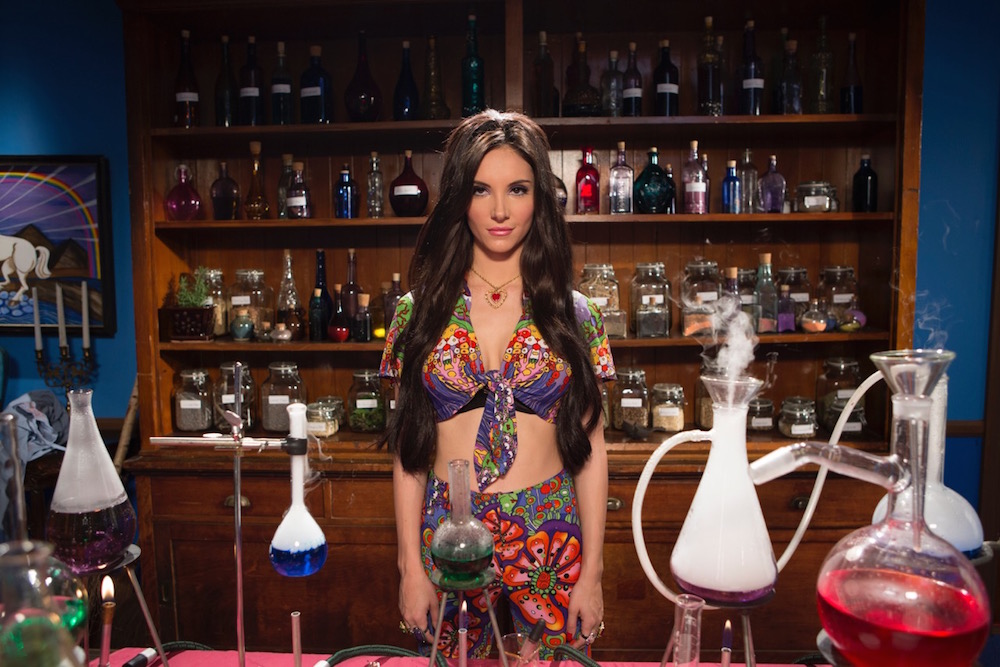
Produced, written, directed, edited, and scored by Anna Biller, The Love Witch is aesthetically like a modern-day 1960s Technicolor horror film with breathtaking attention to detail.
The narrative centers around a young, unlucky-in-love witch named Elaine who moves to Arcata, California after her husband Jerry passes. She rents an apartment on the upper level of a Victorian house and attempts to start over, conducting magic spells on the local men that often end in death or disastrous results.
Her first new lover Wayne dies and Elaine buries him in the woods, while she attempts to seduce her landlord’s husband, who becomes so overcome with melancholy that he kills himself. Griff, the policeman investigating Wayne’s murder, also falls in love with Elaine, believing her incapable of murder, and helps her escape the townsfolk and charges brought against her.
The Love Witch is one of the last few films to be shot in 35 mm, giving it that old-school technicolor quality, and the sets and costumes were created (sometimes by Biller’s own hand) to look like a classic Hollywood movie set. Apart from its super-stylized appearance, the film holds up as a great contemporary example of the female gaze and how classic movies might be re-articulated from a female perspective, given the fact that Biller had a direct role in each stage of production.
5. Ginger Snaps
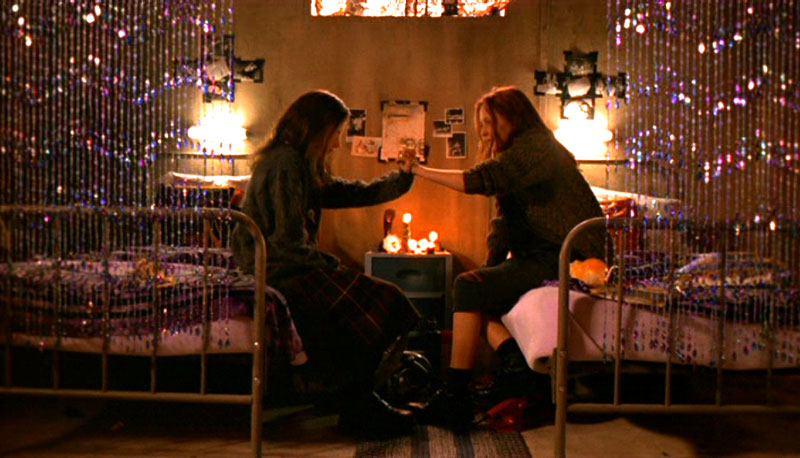
A Canadian horror film, Ginger Snaps is the first of a trilogy directed by John Fawcett, centered around two death-obsessed sisters. Ginger (Katherine Isabelle) and Bridget (Emily Perkins) Fitzgerald create a pact that they will die together after a series of animal attacks occur in their hometown of Bailey Downs.
After attempting to kidnap the school bully’s dog, Ginger is mauled by the creature responsible for the attacks after getting her first period, while Bridget rescues her. Ginger heals rapidly, but starts behaving strangely after the attack. She becomes more and more aggressive and grows hair in strange places, as well as a tail.
Bridget and her new friend Sam agree that Ginger might be turning into a werewolf after she too begins to attack people. The clock is ticking as Sam and Bridget attempt to curb Ginger’s full transformation into a werewolf by searching for a cure that might delay the process for good.
This film does an excellent job of portraying the trials of tribulations of puberty for teenage girls in the context of a werewolf narrative. Fawcett initially conceived of the film because he wanted to re-interpret the genre of horror and tell a metamorphosis story that was different from the weak characterizations of women the genre is usually known for. It became the fifth-highest-grossing Canadian film from December 2000 to November 2001 and achieved cult status among horror fans even outside of Canada.